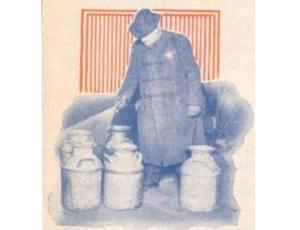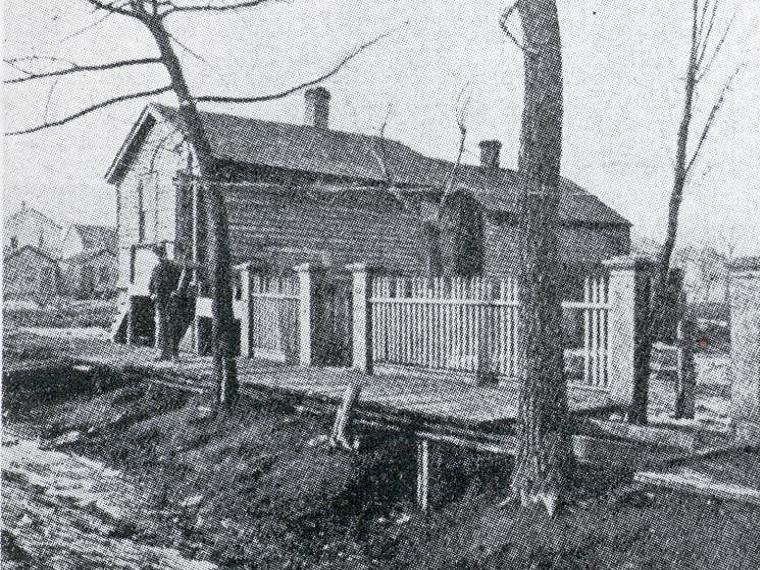Milk cows continued to be kept in Chicago throughout the 19th century. Most famously, Mrs. O’Leary had a barn with several cows behind her house just west of the river. Her barn was the origin of the Great Fire of 1871.
By 1900, space to keep a cow was very limited in the city. Nevertheless, tenement inspectors, such as Robert Hunter, continued to find cows, pigs, goats, chickens and other animals in tenement districts. The inspectors decried the lack of a law banning animals in tenements. To date there is still no law against keeping farm animals in Chicago. It is, however, strongly discouraged and the only cows I am aware of live in the Farm in the Zoo.
As told in the Health Department Reports and Bulletins, Chicago took the lead in ensuring a pure milk supply. In 1909 Chicago was the first city to require pasteurization. Milk inspectors were stationed hundreds of miles away in all parts of the Chicago “milkshed” to inspect for tubercular cows and unsanitary farms.
In the 20th century there was even a drive to encourage the keeping of milk cows in the city—an early “buy local and know what you are getting” move. This never got too far. Space was limited. The most practical food was brewery leftovers. Although today brewer’s yeast is considered a health food, reformers of that day could not imagine feeding innocent children the milk of cows fed on a byproduct of the poisonous liquor industry. The reformers didn’t much care for the manure either.
For more information see the Cows in Chicago booklist.





Add a comment to: Milk Cows: Technology That Changed Chicago